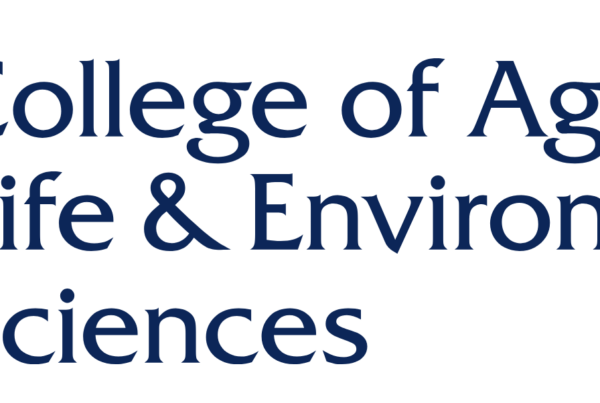Abstract
Background: Root system architecture (RSA) exhibits significant genetic variability and is closely associated with drought tolerance. However, the evaluation of drought-tolerant cotton varieties based on RSA in the field conditions is still unclear.
Results: So, we conducted a comprehensive analysis of drought tolerance based on physiological and morphological traits (i.e., aboveground and RSA, and yield) within a rain-out shelter, with two water treatments: well-watered (75 ± 5% soil relative water content) and drought stress (50 ± 5% soil relative water content). The results showed that principal component analysis identified six principal components, including highlighting the importance of root traits and canopy parameters in influencing drought tolerance. Moreover, the systematic cluster analysis were used to classify 80 varieties into 5 categories, including drought-tolerant varieties, weak drought-tolerant varieties, intermediate varieties, and weak drought-sensitive varieties, drought-sensitive varieties. Further validation of the drought tolerance index showed that the yield drought tolerance index and biomass drought tolerance index of the drought-tolerant varieties were 8.97 and 5.05 times higher than those of the drought-sensitive varieties, respectively.
Conclusions: The RSA of drought-tolerant varieties was characterised by a significant increase in average length-all lateral roots, a significant decrease in average lateral root emergence angle and a moderate root/shoot ratio. In contrast, the drought-sensitive varieties showed a significant decrease in average length-all lateral roots and a significant increase in both average lateral root emergence angle and root/shoot ratio. It is therefore more comprehensive and accurate to assess field crop drought tolerance by considering root performance.
Publication Hebei Agricultural University,
Citation Congcong Guo, Lingxiao Zhu, Hongchun Sun et al. Evaluation of drought-tolerant varieties based on root system architecture in cotton (Gossypium hirsutum L.), 07 January 2024, PREPRINT (Version 1) available at Research Square [https://doi.org/10.21203/rs.3.rs-3830913/v1]
URL https://doi.org/10.21203/rs.3.rs-3830913/v1
Date Preprint January 2024, Under review






